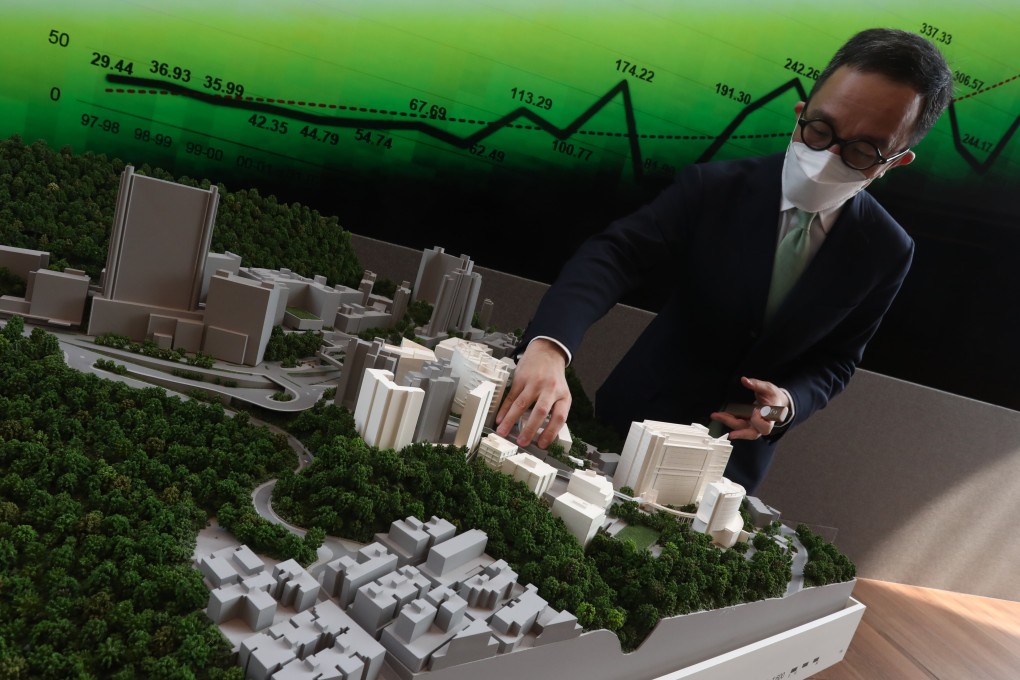Letters | HKU lab plan will meet public need and environmental safety standards
- The proposed site strikes a balance between meeting the needs for additional teaching and research facilities and minimising impact to the environment
- Expanding the facilities will provide support to our ongoing fight against Covid-19 and help us be better prepared for any public health crisis in the future

Our medical student cohort has increased from 125 in 2008 to 265 in 2019 and 295 in 2022. From 2000 to 2021, the nursing cohort has also tripled from 71 to 210. By 2031, another 90 to 100 places each will be added to the cohorts.
The proposed site was identified as the only feasible location complementary to the contiguous extension of Queen Mary Hospital, the faculty’s flagship teaching hospital. Within a radius of reasonable walking distance, the new teaching and research facilities will be fully integrated with Queen Mary Hospital, enabling less commuting, shortened delivery time and more convenient exchanges between the clinic and the laboratory, thus more rapid response to patient and student needs.
Performed by independent specialist consultants, the technical feasibility study confirmed the environmental impact of the project to be minimal, including impacts on the local environment, ecosystem, air ventilation, landscape and vegetation, geotechnical, traffic and drainage. While we cannot comment on the suitability to construct an underground railway station on this site, specialist professionals have validated that the construction of the proposed academic building is technically feasible.